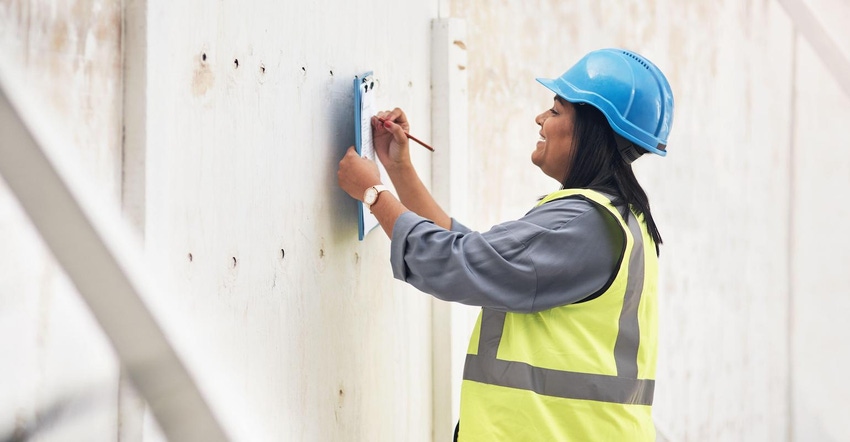Here's how various groups in the roofing and construction industries are seeking to empower workers from various walks of life to join the trades and ultimately bolster efforts to offset the labor shortage.

Despite the rapidly changing world, a variety of traditional trades—construction included—are making a comeback. According to Benton Roofing, a full-service commercial and industrial roofing company serving clients throughout the southeastern U.S., the roofing industry resurgence is underway. Additionally, per the U.S. Bureau of Labor Statistics, we can expect an 11% growth rate through 2026 in the industry. But where is this growth coming from if we're still regularly hearing about a skilled labor shortage?
According to The Hechinger Report, a national nonprofit newsroom focused exclusively on education, many young adults have opted to work instead of attending college in recent years. In fact, according to 2021 data, there are 6.5% fewer undergraduate students in the U.S. now than there were in the fall of 2019—thanks in large part to the COVID-19 pandemic's financial repercussions.
By extending its reach to young people, women and underrepresented groups via programs and apprenticeships, the roofing industry is doing its part in helping these young people find promising work.
Nontraditional groups in the trades
It's common to picture men when asked to visualize what a tradesperson looks like. However, Let's Build Construction Camp for Girls, a program established in 2017 in eastern Pennsylvania geared specifically toward middle and high school girls, is working to change that.
Let's Build, in partnership with local chapters of Associated Builders and Contractors and the Construction Specifications Institute, offers a free week-long camp to girls ages 14-18 that exposes them to a variety of construction trades as well as architecture, engineering and construction manufacturing via hands-on experiences and field trips.
On the other side of the country, Girls Build, an Oregon-based nonprofit, also seeks to change the narrative about who works in the trades. The organization offers after-school programs and summer camps to give girls the confidence to build. While there is a weekly cost for a Girls Build camp, approximately one-third of their campers attend on scholarships, according to the organization.
Additionally, organizations such as the Texas-based National Hispanic Contractors Association (NAHICA) aim to bring more visibility and growth opportunities to groups often underrepresented in the mainstream side of the industry.
"The foundation of our organization is based on the pursuit of our mission: to make Hispanic contractors leading players in the construction industry," said Sergio Terreros, CEO of NAHICA. "With this initiative, Hispanic contractors will have access to the resources they need to grow and level up their own businesses."
With members who range from established business owners to new entrepreneurs, NAHICA hosts workshops, trainings and networking opportunities while also providing members with a vast network of industry partners (including the International Roofing Expo), discounts on materials, business advice, legal assistance and more.
Thanks to the efforts and passion of these programs and others, along with powerhouse industry groups like National Women in Roofing, more women are able to view the trades as a viable path for their lives—helping not only those individuals but the communities and roofing companies in need of skilled labor.
But can the trades compete with remote working and college degrees?
Some critics may worry that the roofing industry does not provide the "modern workplace appeal," but recruiters know they must keep up to win over younger candidates. With that said, we can expect recruiting in the trades to take steps to revitalize these lines of work. These may include emphasizing the ease of entry to the trades, the on-the-job training opportunities (either through a union or through an employer) and more.
And while the Bureau of Labor Statistics lists "roofer" as the fourth most dangerous profession in America, behind loggers, fishermen and pilots, many companies and staffing firms take the safety of their employees very seriously.
"We have warning lines on every roof. That's the first step: Put up the warning lines 12 feet in," John Steffes, field superintendent for Great Lakes Systems in the greater Grand Rapids, Michigan, area, told Great Lakes Skilled Trades. "None of the new roofers are allowed outside that line at any time�—period."
Additionally, not everyone wants or is able to attend college. While many office-centric careers require a minimum of a bachelor's degree, the trades can offer strong career alternatives for those who may not want or be able to attend college.
About the Author(s)
You May Also Like




